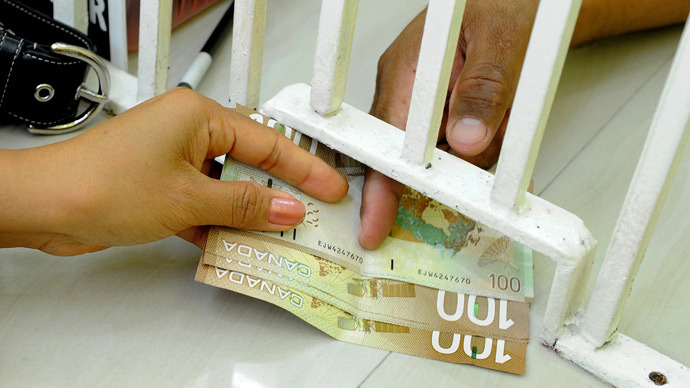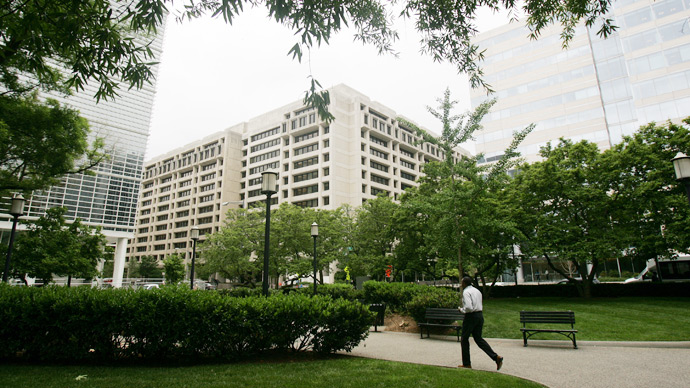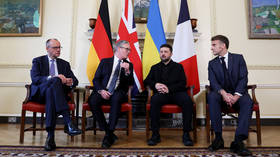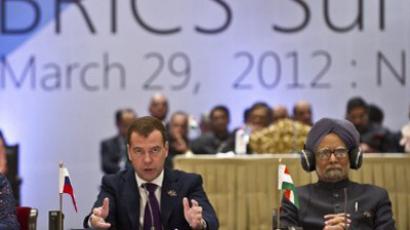IMF to add AUD and CAD as reserve currencies; which one’s next?

IMF confirmed that the AUD and CAD will appear as reserve currency within three months. This emphasizes the spiraling demand for additional reserve currencies and the New Zealand dollar has the best chance to join the list, according to experts.
"The IMF is expanding the list of currencies separately identified in the Composition of Foreign Exchange Reserves reporting (COFER) template," said an IMF spokeswoman as cited by The Wall Street Journal. "The implementation of the revised COFER Report Form, with separate identification of the Australian dollar and Canadian dollar, is scheduled for the first half of 2013."
The IMF holds report figures of the global reserve holdings in a database known as the COFER mainly in just five currencies, deemed by many investors to be among the world’s safest: US dollars, euros, British pounds, Japanese yen and Swiss francs.
Recent economic problems associated with the euro and the dollar set a continuing trend for the diversification of the reserve currencies as a way out from the volatility, Yaroslav Lissovolik, chief economist at Deutsche Bank in Moscow told RT.
“It is definitely a trend and this trend will continue. There is a global demand for more reserve currencies. The world economy wants to diversify the set of reserve currencies as a way from the volatility and the problems associated with the current reserve currencies, because both US and Europe are plagued by economic problems. This is natural and clear that the global economy should use more foundations, more columns on which to stand and build a stronger foundation of a more complex global economy,” said Lissovolik.

The best chance to join the Canadian and Australian dollar this year has the New Zealand dollar which looks in the long term more reliable, Anna Bodrova currency analyst from Investcafe told RT. If the IMF adds it to the list of reserve currencies, the international system calculations will be more transparent and there will be an opportunity to make more accurate long-term forecasts, she said.
Australia and Canada both have resource based economies that have been benefiting from the growing demand for raw materials in Asia and other regions, which have given both countries the opportunity to emerge from the global financial crisis in much better shape than either the US or Europe, according to The Wall Street Journal.
Russia is with Australia and Canada in the same group of the
resource focused economies. But Russian ruble is not as ready
as it seems to become a reserve currency, as it is subject to
external influence, Bodrova told RT. For the situation to be
clearer, the Russian Central Bank needs to decide whether it should
let the ruble float freely or continue to regulate it. If the
Central Bank continues to regulate it, ruble’s chances to become a
reserve currency will increase.
"So far I see no basis to include the Russian ruble to the list of reserve currencies in the next two years", Bodrova said.
There are some differences that may pertain to issues concerning monetary policy, exchange rate flexibility and the degree of the dependency of the economy on oil and oil prices that limit Russia’s progress, according to Lissovolik.
If Russia strengthens the ruble’s role in the Commonwealth of Independent States (CIS) region and increases the share of trade and investment in rubles globally, then the Russian currency will become a global reserve currency, he says.
“If we see the ruble used more intensively in the Russian trade, then this is something that may eventually lead to the ruble taking the role of one of the global reserve currencies. The potential for that is very much there,” Lissovolik says adding “Eventually it is a question of time the ruble becomes a global reserve currency”.
Concerning the Chinese yuan, it is unlikely to become
a reserve currency in the near future, as China has been a
closed country for a long time, and only in the last year and
a half the country began to open up, to let in foreign
investors and show willingness to reform its system, Bodrova told
RT.
“The yuan is not yet being traded by its market value," she said.















